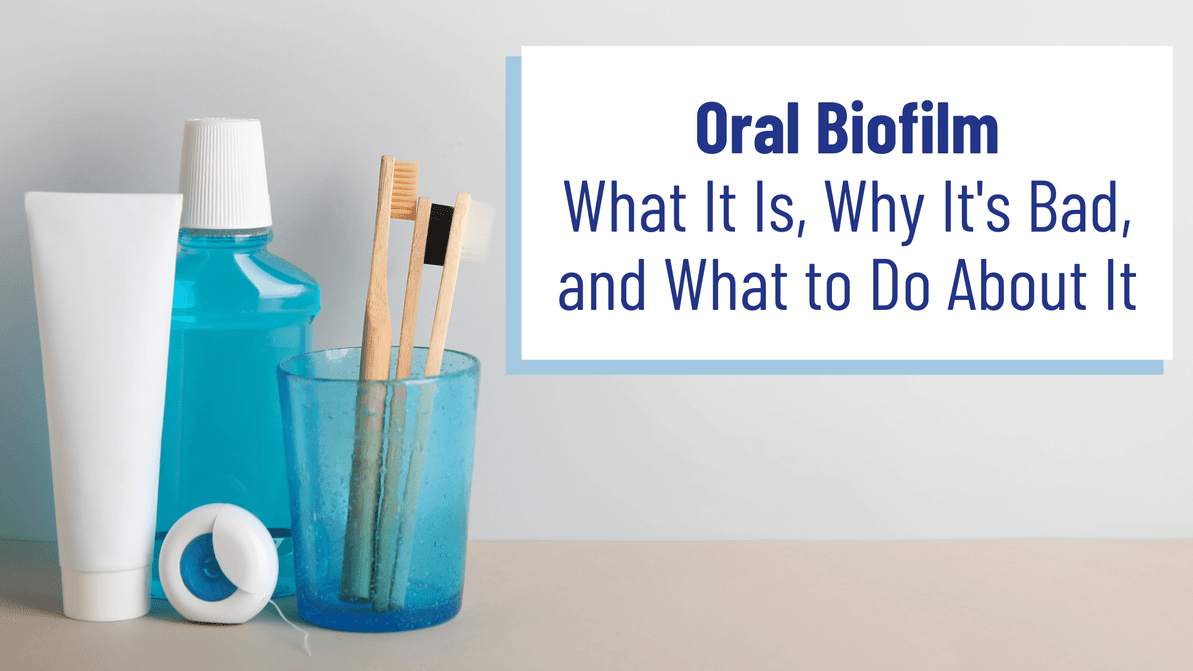Oral Biofilm — What It Is, When It’s Bad, and What to Do About It
Brush, floss, rinse, repeat. We’re taught to take good care of our teeth from a young age. And for very good reason. Oral health is a mirror of our health in general. Not only that, but many oral health issues can negatively impact our bodies.
Did you know, for instance, that a two-way relationship links periodontosis and diabetes? Someone with diabetes has a higher risk of periodontosis. But the reverse is also true. Periodontosis has been linked to higher levels of fasting glucose.
Many of these oral health issues begin with oral biofilm and poor hygiene. However, things aren’t always as simple as you’d expect. So what is oral biofilm? Is it always bad? What are the symptoms to look out for? We’ll talk all about this and more.
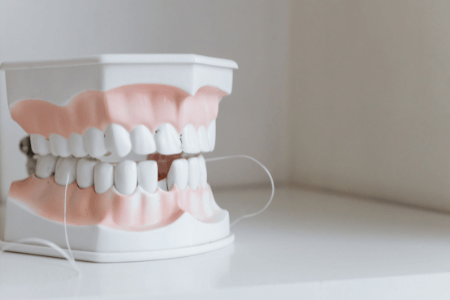
What is oral biofilm?
You may know it under the name of dental plaque – but the latest research has taught us it’s more complex.
We all have thousands of microorganisms living in our mouths. They are incorporated into what is now called the oral biofilm. The term was first introduced in 1978, but most people have continued to refer to it as plaque.
Is that wrong? Yes and no. Plaque is the visible part of the biofilm. As the general term is now understood, oral biofilm is not always visible. Even when plaque doesn’t form, you still have hundreds of microorganisms in your mouth.
This isn’t necessarily a bad thing. It is a process that naturally occurs because your mouth is a humid environment, perfect for the formation of biofilms.
The problems begin when these microorganisms multiply. They stick to the tooth surface, forming plaque that can later turn into tartar. Eventually, problems like gingivitis or even periodontal disease can appear.
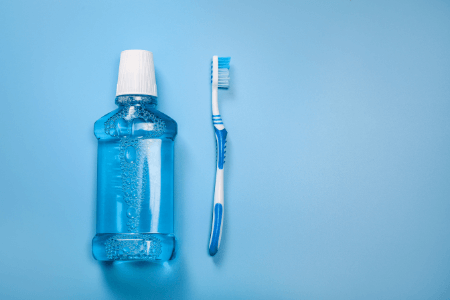
When and why does oral biofilm become a problem?
Sadly, the exact process still isn’t 100% understood by scientists. Poor hygiene does, of course, play a role.
However, the truly “evil” bacteria is pretty hard to fight off. Many times, the bacteria is resistant to antibiotics. It may also be resistant to some of the antibacterial solutions you find on the market.
We know that the more the bacteria multiply, the harder it is to fight off. Hence, oral hygiene is still your best fighting chance.
Oral biofilm vs. dental plaque vs. tartar
They’re not synonyms, but they’re all stages of the same thing, the dental biofilm.
In the first stage, nothing is visible to the eye. Some microorganisms swim through the saliva, but they’re not yet sticking to the teeth or the gums.
Gradually, the bacteria multiply, sticking to one another.
Soon, these microorganisms begin sticking to your teeth and your gums, forming the plaque that can be seen with the naked eye. Untreated, the plaque most often turns into tartar which later advances into gum diseases.
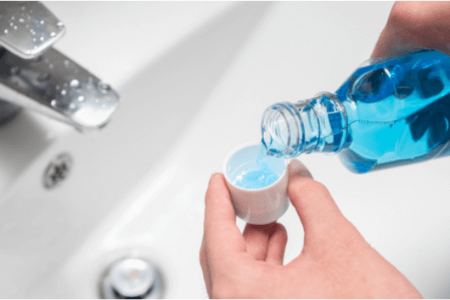
Metallic taste in your mouth – is oral biofilm to blame?
Sometimes you get a metallic taste in your mouth. You can’t trace it to anything you’ve eaten, and you don’t feel sick. Could oral biofilm be to blame?
There’s little research on the topic and no definitive answer. So what causes a metallic taste? Here’s what we do know.
Parageusia, the medical term for metallic taste, could sometimes be caused by poor oral hygiene. This should, however, be short-lived. Proper brushing and flossing, accompanied by the use of mouthwash, should make it go away. If this doesn’t help, you might be dealing with something more serious.
Infections are one of the top causes of metallic taste that isn’t relieved after brushing. These can include a tooth infection or gum disease. In a way, we can say dental plaque biofilm is to blame for the metallic taste when allowed to progress to an infectious state.
Other causes include sinus or ear infections, as well as some medication.
Many people wonder if their dental fillings could be to blame. This is rarely the case. So if you start experiencing a metallic taste in your mouth and nothing seems to make it disappear, talk to a doctor. Infections, whether of the teeth, the sinuses, or the ear, are not something that should be left untreated.
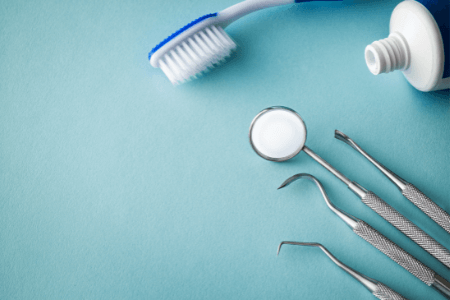
How to keep your mouth healthy
Keeping a regular oral hygiene routine is the best thing you can do. Brush, floss, and use mouthwash twice a day.
Some doctors recommend electric toothbrushes as they’re believed to be more efficient in helping you get rid of plaque. While they are somewhat better, you’re not doomed to have an unhealthy mouth if you don’t want to get one.
The type of toothbrush does matter to some extent. For instance, if you have sensitive gums prone to bleeding, you’ll want to avoid rough brushes that can easily bruise you.
There’s a myth that soft brushes aren’t as efficient in cleaning the teeth. That’s false. What is true is that you might need to pay attention to how and how much you’re brushing. But trust me, it’s better to brush 2 minutes longer than cut your gums with a rougher brush.
You might hear some people brushing their teeth and using mouthwash after every meal. Again, this isn’t necessary. It might even be harmful. Just like your skin will get dry if you take too many showers in a day, your teeth and gums may also struggle if you brush too often.
That’s because you may damage the tooth enamel, which will make your teeth sensitive and even prone to cavities. Taking care of your teeth twice a day is enough. There are exceptional circumstances, such as after surgery or when wearing braces. In these cases, follow your doctor’s advice regarding how often you brush your teeth.
Speaking of doctors, don’t forget to visit your dentist at least once a year! Yes, even if you don’t have any bothersome issues. Professional plaque removal once a year will reduce the risk of developing infections or gum diseases.
For instance, if you’re at risk of periodontal disease, your doctor might recommend plaque removal every 6 months. (And if you live in The US, a cleaning every 6 months is commonly included in dental insurance plans.)
Is regular oral hygiene truly enough to prevent biofilm from turning into tartar?
Yes and no. There is still a lot of research to do in this area. We still don’t have a clear picture of how biofilm evolves.
Why does it develop so quickly for some, regardless of hygiene, whereas others barely have any visible plaque? Some believe genetics are to blame.
For example, periodontosis is one disease where genetics play an important role. If someone close to you, like a parent, had periodontosis, your chances of developing it increase significantly.
Diet is another component. If you eat a lot of carbs containing sugars and starches, you might notice plaque builds up faster. Known significant plaque contributors also include milk, soft drinks, and candy.
Regardless of the cause, oral hygiene and paying an annual visit to your dentist are the best things to do to fight against gum disease.
Nothing will stop biofilm formation entirely. But that doesn’t mean you can’t stop the harmful bacteria from spreading and damaging your mouth.
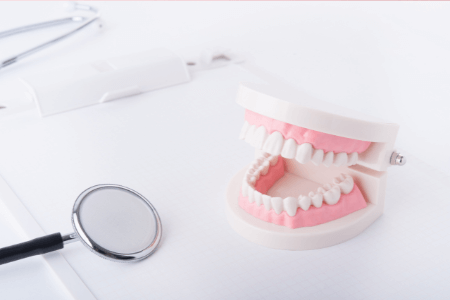
Bottom line
Oral biofilm may be unavoidable, but gum disease isn’t. Regular oral hygiene is a simple process that can help you keep most gum diseases and infections at bay.
And it requires only 3 easy steps: brush, floss, and use some mouthwash. Remember, you don’t need fancy equipment or expensive toothbrushes and toothpaste. You can choose something non-abrasive and gum-friendly. There’s no need to spend a fortune to have a clean and healthy mouth.
Feeling confused about the best brush? Browse our options of silver-infused or travel-size brushes. They’ll get rid of all the bad bacteria while also being gentle with your gums and the tooth enamel.
As for toothpaste, we have a couple we really love. Our silver tooth gel with organic peppermint and xylitol will give you an overall clean feeling that lasts even after eating or drinking. Or, you can try the Natural silver-infused toothpaste. Both have antibacterial properties due to their silver content to keep your mouth microbiome healthy and happy.
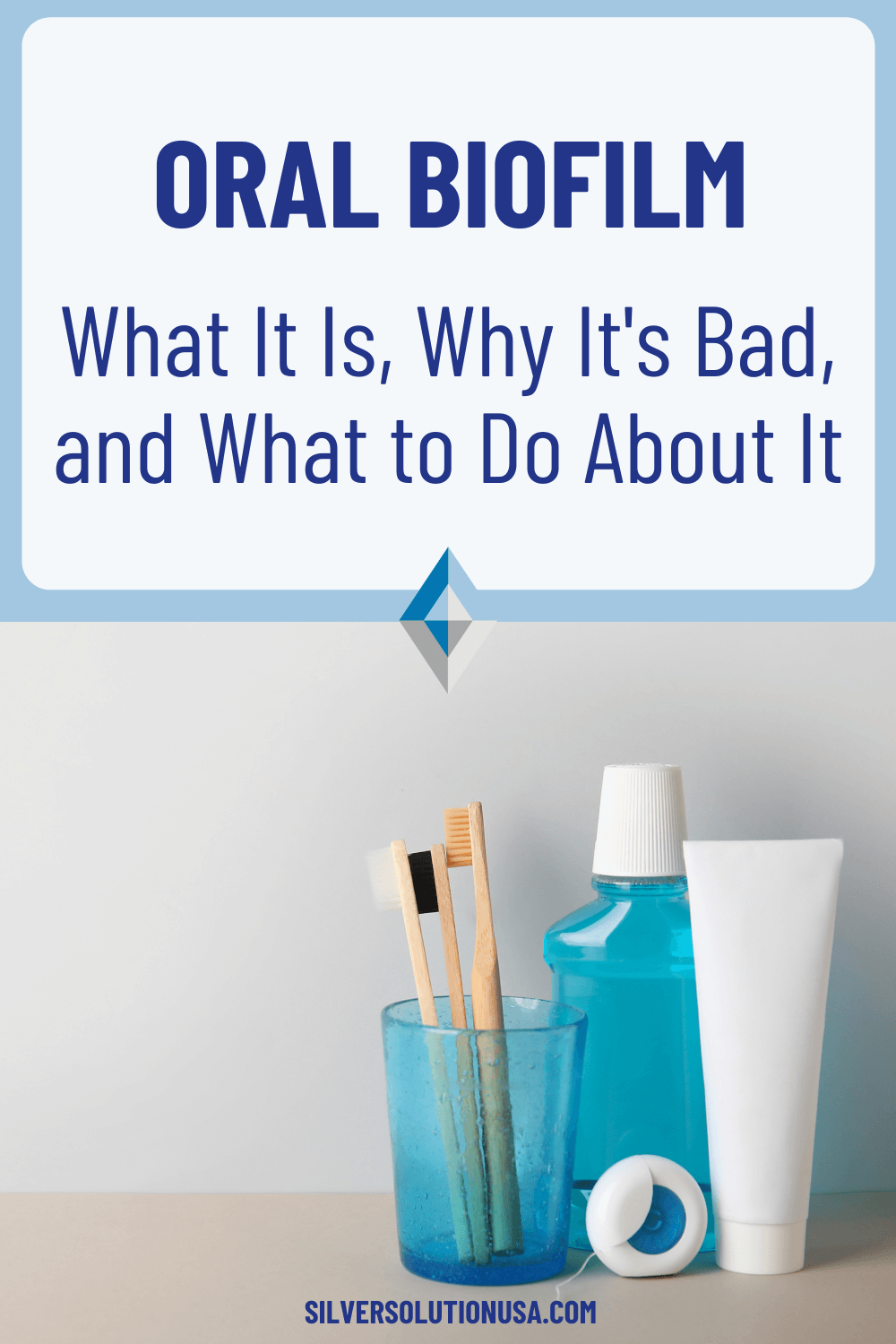
Health/Medical Disclaimer
This blog post does not provide health or medical advice. This blog post is for informational and educational purposes only and is not a substitute for professional health or medical advice. Before taking any actions based upon such information, we encourage you to consult with the appropriate medical and healthcare professionals. We do not provide any kind of health or medical advice. The use or reliance of any information contained on this blog is solely at your own risk.
Sources
https://pubmed.ncbi.nlm.nih.gov/31605062/
https://www.ncbi.nlm.nih.gov/pmc/articles/PMC6163956/
https://www.ncbi.nlm.nih.gov/pmc/articles/PMC5543615/
https://www.nature.com/articles/s41407-020-0311-3
https://www.aegisdentalnetwork.com/id/2016/10/understanding-oral-biofilm
Recent Posts
-
Are sunscreen ingredients harmful?
Sunny days can bring a lot of fun. Going out for a swim, spending time in nature, or relaxing on the …18th Mar 2024 -
The Veggie Debate: Does Cooking Vegetables Destroy Nutrients and the Best Ways to Cook Them
Vegetables are one of the healthiest foods you can choose. Some people downright hate them, while so …4th Mar 2024 -
Best Foods for COVID Recovery and Prevention
A few years ago, a new virus took the world by surprise. COVID-19 may look like the flu on the surfa …19th Feb 2024

